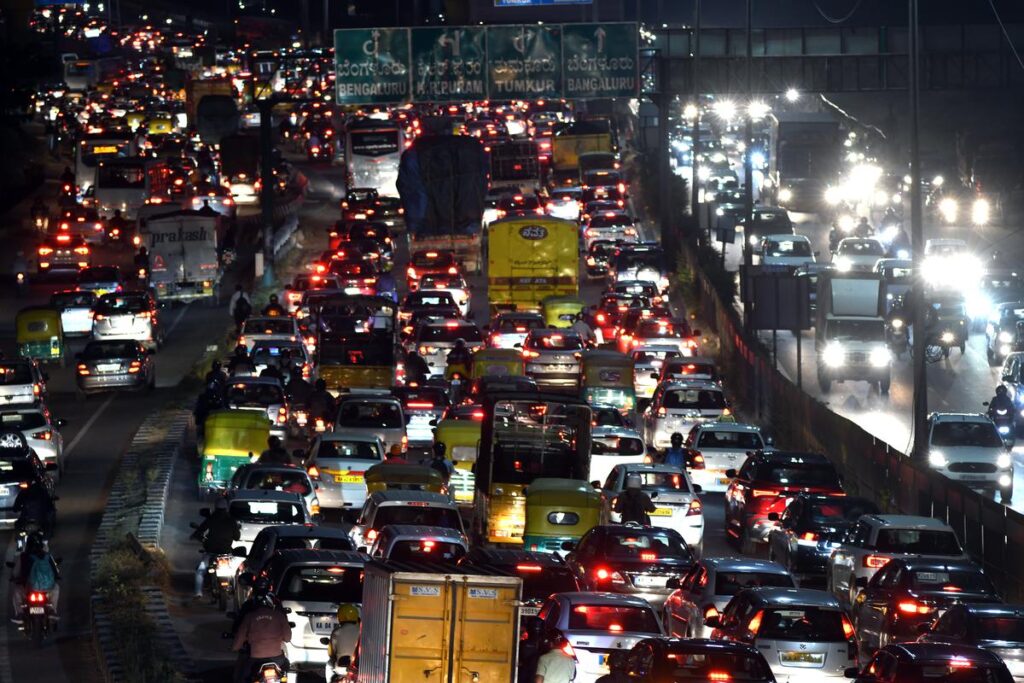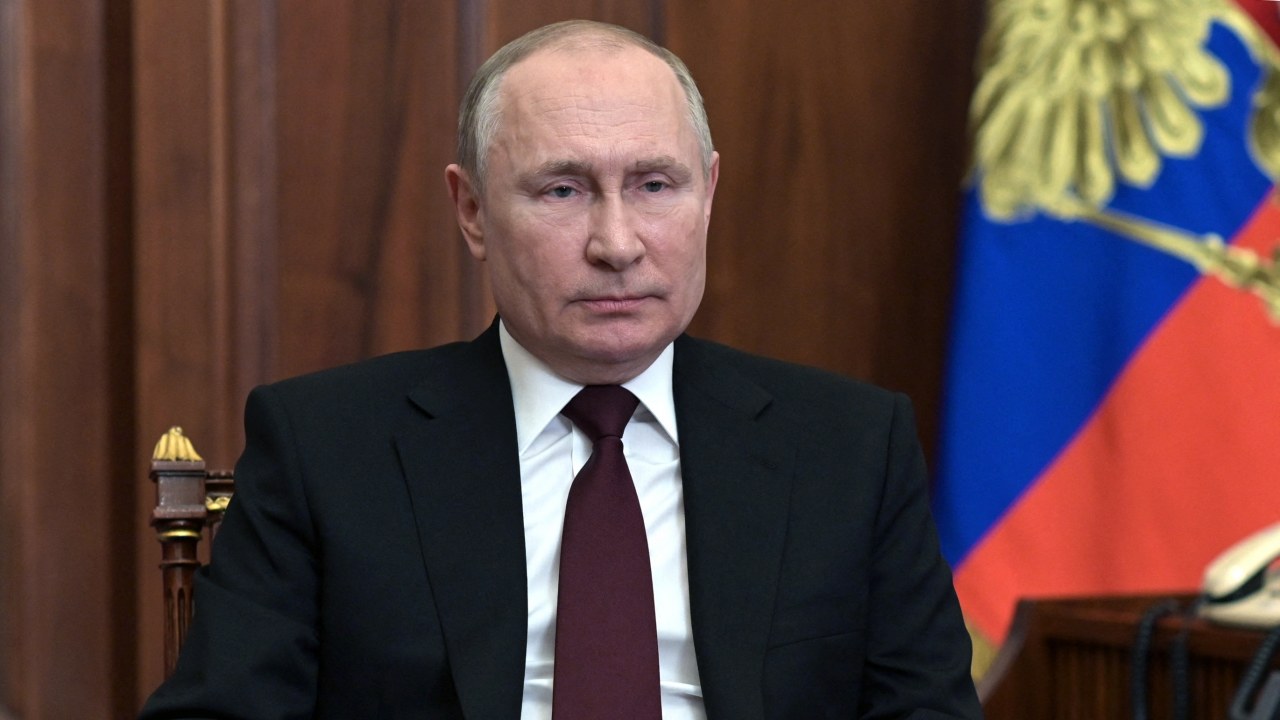
Bengaluru city, which is well-known for its booming tech sector and notorious traffic congestion, loses an astounding Rs 19,725 crore annually as a result of different issues related to vehicular traffic, according to study.
According to NDTV, the study, which was carried out by traffic expert M N Sreehari and his colleagues, focuses on the difficulties associated with road layout, flyovers, traffic management, and the lack of infrastructure in Bengaluru.
Despite the city having 60 flyovers that are completely functional, road users in Bengaluru have suffered a major loss.
This loss is linked to delays, traffic jams, signal delays, collisions between slow-moving and fast-moving vehicles, fuel loss, occupants’ lost time, and other related causes.
The papers emphasize how the rapid expansion of the IT industry’s workforce has prompted the creation of a number of auxiliary facilities, including housing and educational institutions. As a result, Bengaluru now has a population of 14.5 million people and close to 1.5 crore vehicles.

Bengaluru’s area increased dramatically from 88 sqm to 985 sqm in 2023, according to estimations. According to the report, the city should grow to 1,100 square meters.
Although the number of vehicles and land area have increased, the length of the roads has not kept up. The analysis points out that the estimated 11,000 km total length of roads is insufficient to accommodate the volume of travel and the demand for transportation.
In Bengaluru, population growth and job prospects have outpaced infrastructural growth. According to Sreehari and his staff, this gap has caused delays, traffic, longer travel times, and huge financial losses in terms of direct and indirect expenditures.
Sreehari emphasizes the need for radial highways, ring roads, and particular rings like the Outer Ring Road, Peripheral Ring Road, and Satellite Town Ring Road (STRR) to address these issues.
He continued that it would be advantageous to have circular routes every 5 km that were connected by radial highways. However, because of problems with land acquisition, the STRR’s construction and maintenance expenditures have increased.
To accommodate future road traffic over the next 25 years, experts advise building underground-based road infrastructure.
In order to provide escape routes and ventilation, the report advises considering underground transit options for government buses and metros, with openings every 1-2 km.
The report also emphasizes the necessity for the government to ban parking along the sides of the road because walkways should be designated for pedestrians and highways for cars. Sreehari draws attention to Bengaluru’s shortage of parking-free highways.
The research team also supports a reduction in private vehicles and an increase in public transportation options including the metro, monorail, and high-capacity buses.



























































































































































































































































































































































































































































































































































































































































































































































































